Organic food is one of the biggest trends in ecommerce grocery right now, and rightfully so. With the rise of pesticides, growth hormones, GMOs, and antibiotics, health-conscious shoppers are actively seeking out chemical-free groceries that promote sustainable agriculture and biodiversity.
If you’ve considered jumping on this wholesome movement by opening your own organic store, you might be faced with some unique challenges. In this blog, we will show you how to open an organic food store, including the steps involved in mitigating any challenges and what to include in your online store.
Following the steps outlined in our blog, you too can start your organic food store and contribute to the preservation of ecosystems.
What Are Organic Foods?
Before we learn how to open organic food store, let’s look into the organic food industry and its current trends.
Organic foods are produced using farming practices that avoid synthetic chemicals, GMOs, antibiotics, and growth hormones. Instead, it relies on sustainable methods like crop rotation, composting, and biological pest control to maintain soil health.
To be certified organic, your food must meet strict government-regulated standards. Organic foods don’t use fruits and vegetables, they include meat, dairy, packaged goods, and even non-food items like personal care products and cleaning supplies.
Current Organic Food Trends
The organic food industry is growing quickly, especially with more consumers demanding healthier alternatives for their daily groceries.
So, if you’re planning to start your own organic food store, you must have a clear idea of the trends dominating the industry.
- Diverse Organic Products: Consumers want organic versions of meat, dairy, snacks, beverages, and even pet food. You must ensure such variety for your organic food store.
- Transparent Supply Chain: Integrate blockchain and traceability apps into your online store to let customers verify the origin and authenticity of your products.
- Sustainable Packaging: Your packaging must align with your organic values as well. Eco-conscious shoppers prefer biodegradable and reusable packaging.
- Detailed Labels: Consumers scrutinize labels for certifications (USDA Organic, Non-GMO Project Verified, Fair Trade). Make sure your labels include these verifications.
How to Open Organic Food Store: A Complete 10-Step Guide
Now that you know what to include in your organic food store, let’s get into the steps you need to take to get started. We will break these steps into three phases for your convenience: Pre-Launch, Launch, and Post-Launch.
Read on to learn how to open organic food store quickly and efficiently.
Pre-Launch Phase
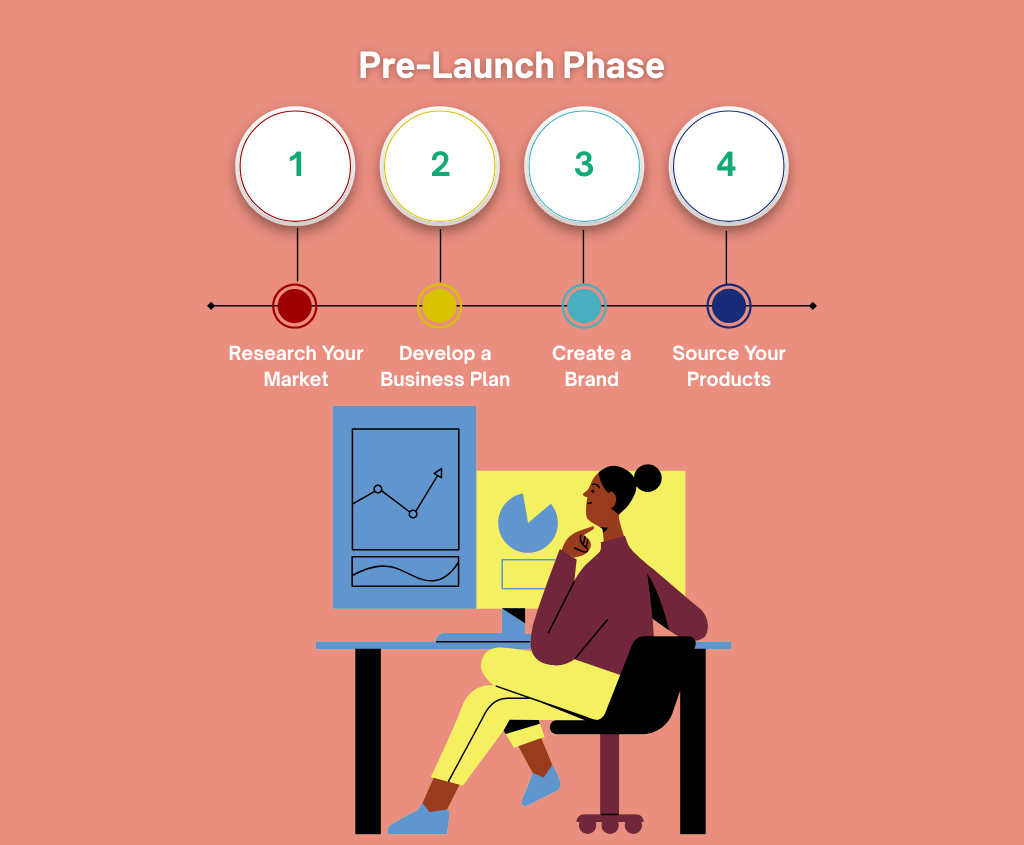
This phase includes all the steps you must take to ensure your operations can run without barriers during the launch phase.
Step 1: Research Your Market
Before you start selecting which products you want to sell, you need to understand the market inside and out. Below, we will explain exactly what you need to research and analyze to help you narrow down your business goals.
Know Your Target Audience
Before stocking a single shelf, you need to picture your ideal customer. Visit local farmers’ markets, health food stores, and even the organic sections of your grocery store. Find out which products they prefer and what brand they’re purchasing.
These real-world observations can help you tailor your catalog to what people actually want.
Analyze the Competition
Take time to study existing organic stores, co-ops, and supermarkets with organic sections in your area. Maybe there’s a high-end health food store with no affordable options or plenty of produce but limited organic pantry staples.
Create a spreadsheet comparing competitors’ strengths and weaknesses. Pay special attention to: product variety, price points, store interface, and customer service.
Study Local Demands
What’s popular in your area may not sell that well in other locations. If you’re selling locally, you need to find out if your community is ready to support an organic store.
Use Google Trends to see if “organic food near me” searches are rising in your area. Check local Facebook groups and Nextdoor for discussions on organic food.
Understand Local Regulations
Nothing kills momentum quite like unexpected regulatory hurdles. Before moving forward, find out which certifications you’ll need to call products “organic” in your market. Visit your city’s business licensing office to understand food retail requirements.
Pro tip: Schedule a consultation with a small business advisor.
Step 2: Develop Your Business Plan
Now that you’ve done your market research, it’s time to create a roadmap for your business. A good business plan covers everything from your store’s identity to the smaller financial details.
Find Your Niche
Start by figuring out what makes your organic store special. Will you focus on local farm partnerships, zero-waste shopping, or budget-friendly organic options? Maybe you’ll stand out with in-store workshops or a bulk foods section.
You can figure this out by knowing what your target audience wants and what the local demands are. It’s better not to go against the grain (by listing highly niche products) and only add products that your consumers need.
Set Your Budget
While it’s not as fun as picking out produce, figuring out your budget is equally (if not more) important. Organic stores often have higher startup costs because of expensive refrigeration, specialty shelving, and premium inventory.
You’ll need to price products to cover these costs while staying competitive. Don’t forget to factor in ongoing expenses like hosting, ecommerce platform packages, marketing, and the fact that organic products often cost more to stock.
You can also try using budget-friendly or free ecommerce platforms to cut down on costs.
Be Ready for Challenges
Every business faces hurdles, and organic stores have some unique ones. Cash flow can be tight when you’re stocking premium inventory. You might face seasonal slumps or supply issues with local farms.
We recommend having a plan B, like alternative suppliers or seasonal promotions, to weather these challenges.
Step 3: Create A Solid Brand
Your organic food store is a reflection of your values and what you stand for. A strong brand lets customers instantly recognize you and understand why they should choose your store over others.
Start by defining what makes you different, maybe it’s your commitment to local farmers, your focus on affordable organic options, or your zero-waste philosophy. This should influence everything from your store’s name and logo to how you interact with customers.
Here are a few tips to build a solid and memorable brand –
- Choose a specific color, font, and imagery that stands out and fits your brand.
- Keep your visual identity consistent across store signage, packaging, and online presence.
- Train your support team to be knowledgeable and friendly to create a hospitable online experience.
- Keep your brand voice informational and professional across social media posts, newsletters, and in-store materials.
Step 4: Source Your Products
Building a reliable and ethical supply chain is the backbone of your organic food store. Here’s how to source products that align with your brand, gain customers’ trust, and keep them coming back.
Build Relationships with Local Farmers
Your fresh produce section will be one of your biggest draws, so start by connecting with nearby organic farms. Visit farmers’ markets and introduce yourself. A lot of small-scale growers do not advertise wholesale options but are happy to supply local (often online) stores.
Ask about their certifications, farming practices, and delivery options. Remember that local availability changes with seasons, so you’ll want to identify backup suppliers for when certain items aren’t growing locally.
Partner with Organic Wholesale Distributors
You’ll need reliable wholesale distributors for pantry staples like dairy and other items you can’t source locally. Some companies, like UNFI or KeHE, specialize in organic products, including dry and frozen goods.
Here are a few things you need to check out before choosing a distributor –
- Compare different pricing structures, delivery fees, and order minimums.
- Check out private label options for store brand products at better margins.
- Look for flexible terms and avoid long-term contracts until you know what sells.
Find Specialty Products
What really sets your store apart are those hard-to-find items that customers can’t get at local supermarkets.
Try reaching out to small-batch producers of items like artisan nut butters, locally brewed kombuchas, or organic snacks; you might get better terms than large distributors.
Launch Phase
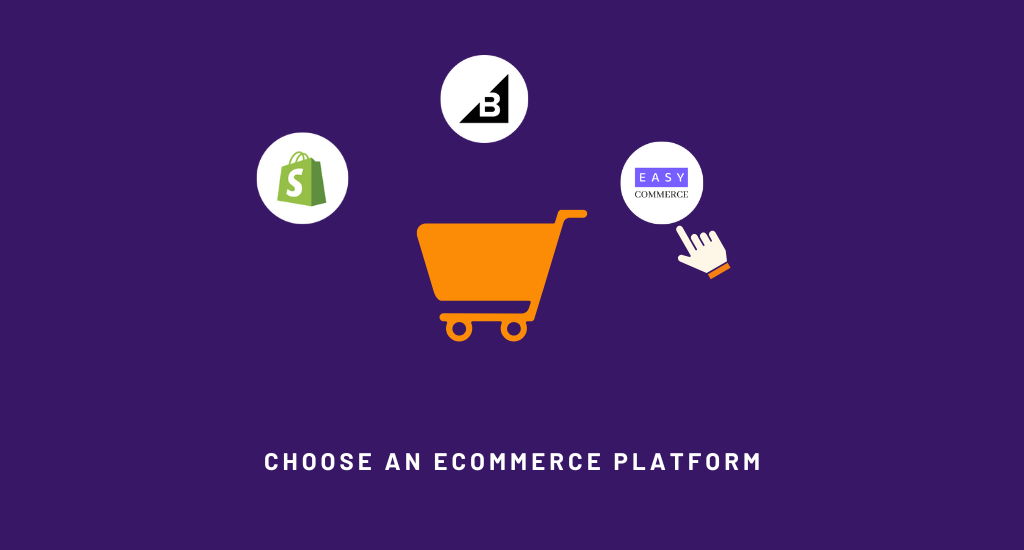
Now that you have everything prepared for your launch, let’s go into the details of each step to have a successful launch of your organic food store.
Step 5: Choose an Ecommerce Platform
Creating an online store lets you expand your reach beyond a physical location and helps manage your inventory better. Also, if you plan on selling specialty items, you may get more customers from your store online.
Here’s a quick look at three solid options for your organic food business –
1. EasyCommerce
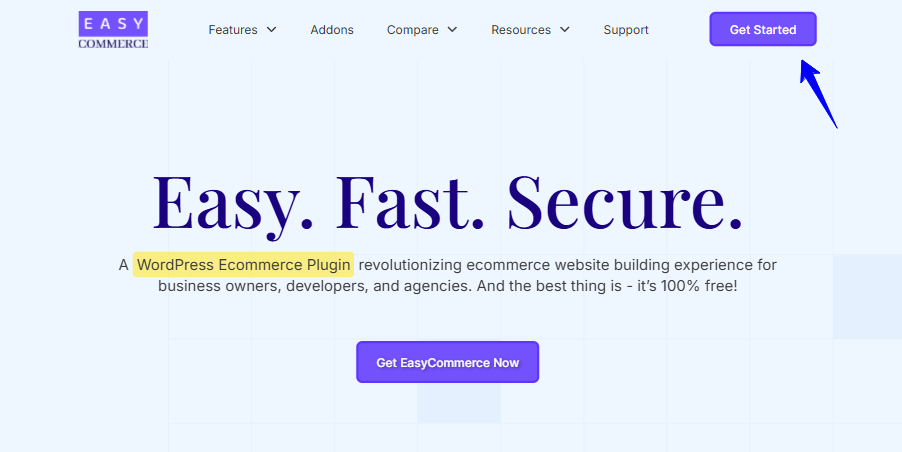
Price: The plugin is free, but hosting + domain + addons may incur costs
A complete ecommerce platform for WordPress, EasyCommerce is built for small to mid-sized retailers that want straightforward tools to set up an online store quickly.
It has intuitive product and inventory management, detailed order tracking, customizable templates, and addons for a range of payment gateways, marketing functions, and advanced features.
For perishable items, EasyCommerce offers low stock alert and addons for flexible shipping options. It also comes with a fast and user-friendly interface, which is especially helpful if you’re new to ecommerce.
2. Shopify

Price: Starts at $19 to $299/month
A popular choice for many small businesses, Shopify is user-friendly and scales well as you grow. It supports integrations with local delivery apps, subscription services (for recurring orders like weekly produce boxes), and even POS systems for in-store sales.
However, Shopify does charge transaction fees unless you use Shopify Payments, so make sure to factor that into costs.
3. BigCommerce Essentials
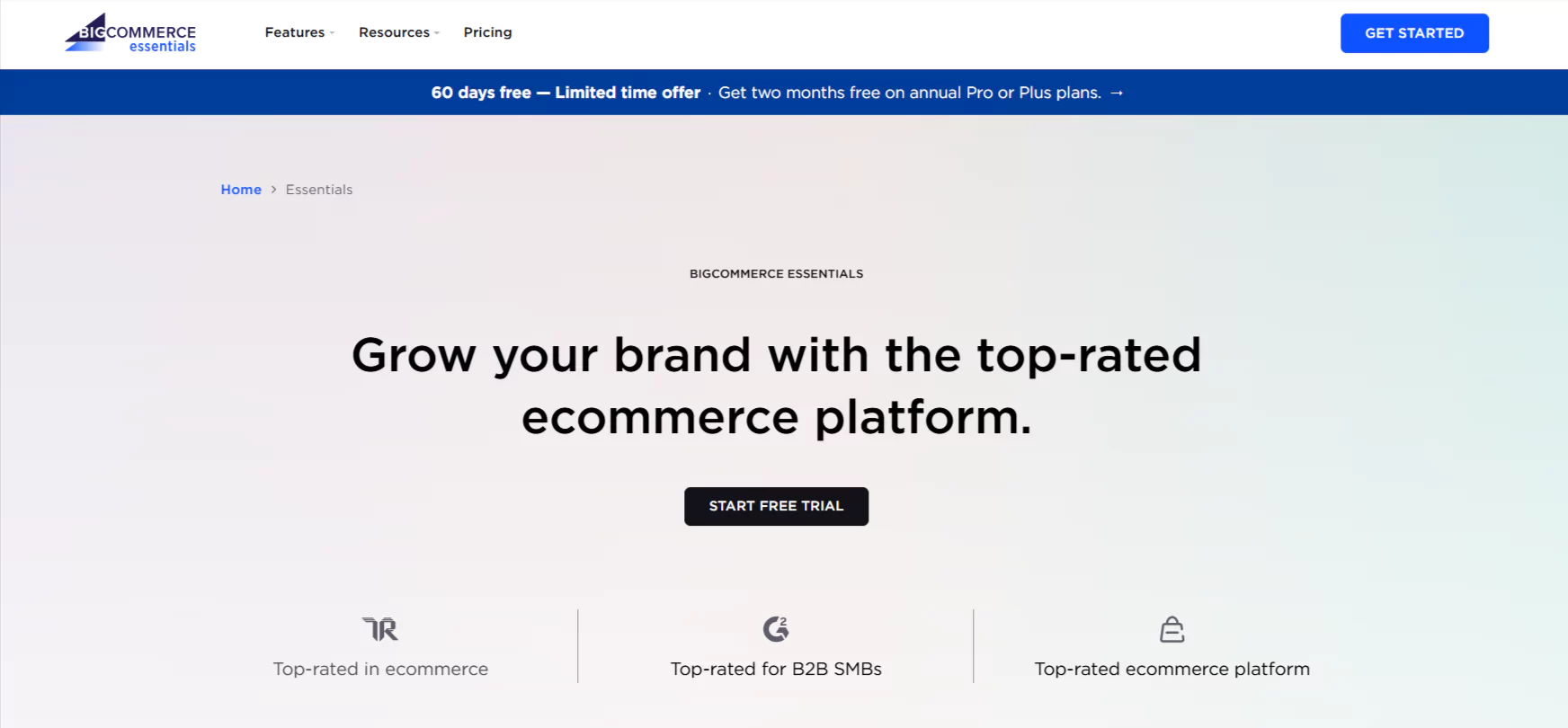
Price: Starts at $29 to $299/month (billed annually)
If you’re planning to scale aggressively or sell across multiple channels like Amazon or Instagram, BigCommerce comes with built-in features without requiring as many add-ons as Shopify.
It also handles large inventories well and includes SEO tools to help customers find your store on search engines. However, without some technical knowledge, you may need to hire a developer to set up your store as you want it.
Check out this blog on ecommerce platforms for groceries to find more in-depth information.
Step 6: Build an Online Store
Setting up an online store for your organic food store can be simple with the right ecommerce platform, which is why we will be using EasyCommerce for this example.
Here’s what you need to begin –
- A registered domain name
- Reliable web hosting service
- A WordPress site
- The EasyCommerce plugin
You can register your domain name from GoDaddy or NameCheap, and we recommend using WP Engine or Hostinger to set up hosting (as they have a one-click WordPress install). Use your hosting service to quickly install and set up WordPress.
Download EasyCommerce from their website or the WordPress repository by going to Dashboard > Plugins > Add New Plugins and searching for the plugin.
Once the plugin is activated, simply follow the Setup Wizard to set up all the necessary sections.
Learn how to open an organic food store with EasyCommerce from here.
Step 7: Set Up Payment and Shipping
Now that you have your basic organic food store set up, we’ll show you how to set up payment and delivery with EasyCommerce.
Payment Gateways
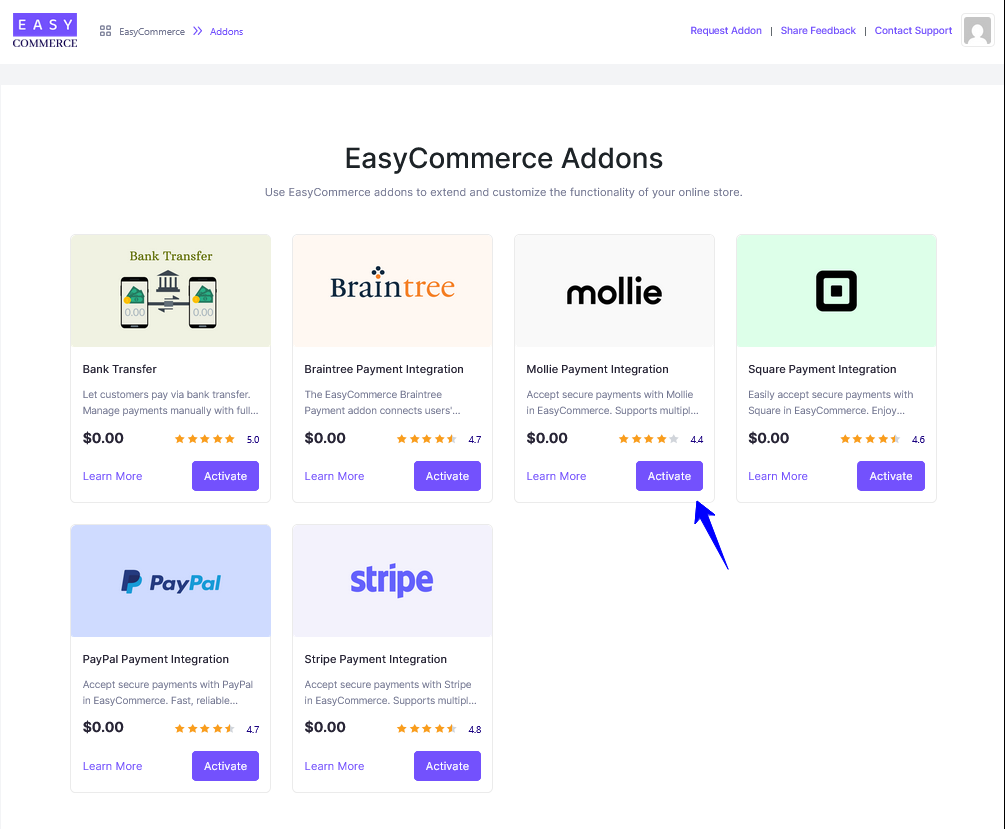
- Start by activating payment gateways like Stripe, Square, PayPal, Mollie, and more from EasyCommerce > Addons.
- Go to Store > Settings > Payment and enable the gateways you want on your store.
- Hit Save Settings, and click one of the options next to Methods.
- Enter all the necessary credentials, upload a logo, and provide the gateway name.
Pro tip: Try Enable Test Mode to check out the payment gateway before making it live on your store.
Shipping Settings
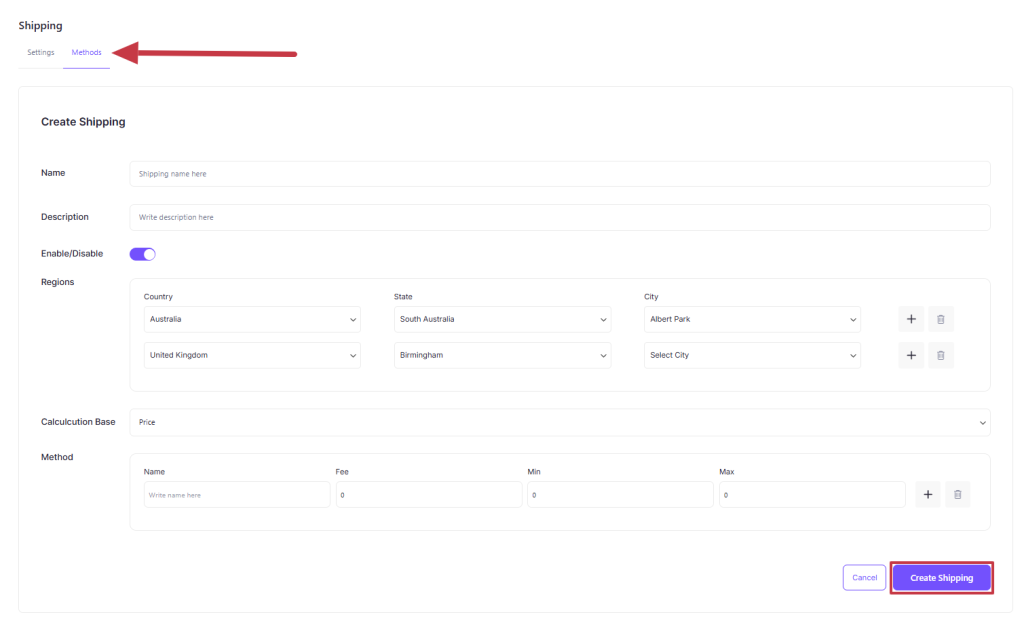
- Go to Store > Settings > Shipping, enter the necessary shipping countries, and click Save Settings.
- On the Methods section, click Add Shipping, and enter all the necessary details.
- Save all the details, go back, and manage (activate, deactivate, delete, edit) from the Methods page.
Step 8: Market Your Business
Now that your store is ready, it’s time to attract customers. Marketing an organic food business is all about sharing your sustainable values and building a community. Here’s how to do it effectively without feeling overwhelmed –
Optimize Your Online Presence
Your online presence is usually the first impression customers get of your store. You can start by claiming your Google My Business listing and keeping your information accurate across all platforms.
Make sure your website is mobile-friendly, showcases your products, shares your story, and includes your location and active hours clearly.
Use Social Media
Social media is a great tool for organic food stores, especially if you have an online shop. Here are some platforms and what to post on them –
- Instagram/Facebook: Post vibrant photos of fresh produce, new additions, or quick “meet the farmer” videos.
- TikTok/Reels: Short clips like “A day in the life of an organic grocer” or “How to pick the best avocado.”
- Pinterest: Post fun and easy-to-follow recipes with your organic produce.
You can post consistently (around 4-5 times a week), with a mix of product highlights, educational content about organic living, and personal stories from your store.
Send Email Campaigns
Emails are probably the most effective way to stay connected with your customers. Start by collecting email addresses at checkout or through a sign-up form on your website.
Send regular newsletters with updates about new products, seasonal specials, and store events. You can also segment your list to send targeted offers to different customer groups.
Implement Local SEO Strategies
Potential customers can find you quickly when they search for organic food in your area. Optimize your website with local keywords like “organic grocery in [your city].”
You can also encourage satisfied customers to leave positive reviews on Google and Yelp. And consider creating local content like blog posts about organic farming in your region or guides to eating organic on a budget.
Pro Tip: Include relevant SEO keywords in your website content as well.
Post-Launch Phase
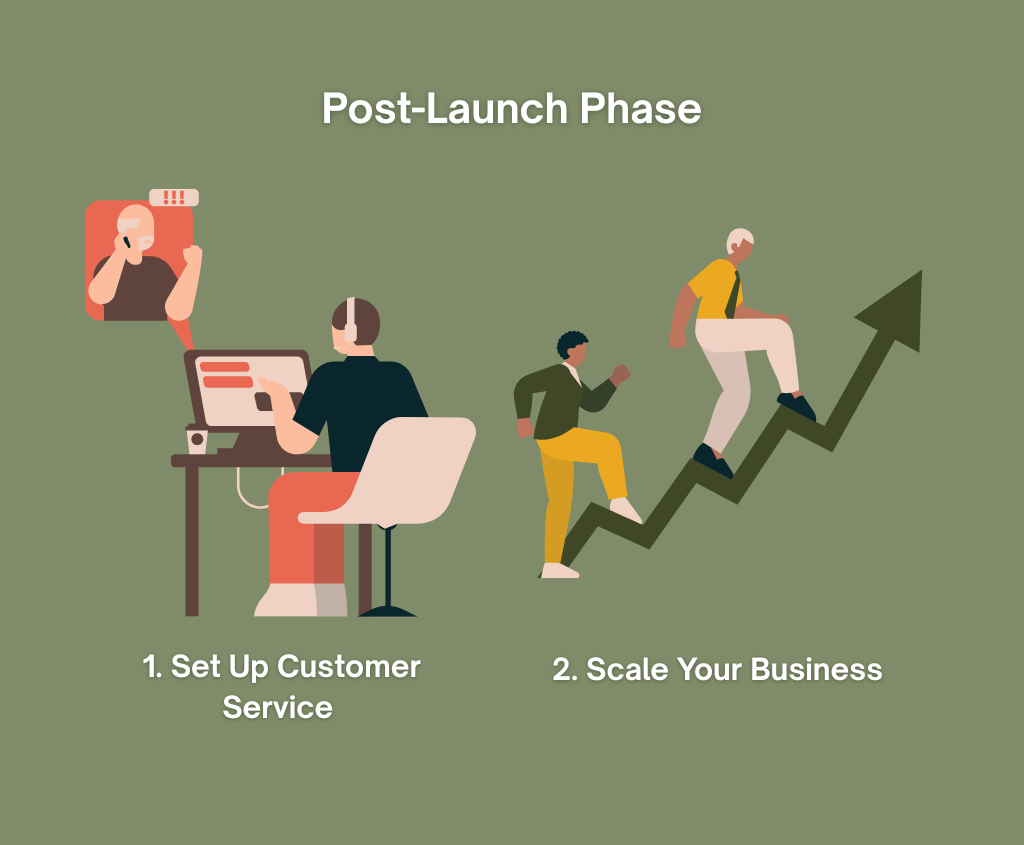
Now that you’ve successfully launched your store online, you need to stay updated with trends and demands to keep your store thriving.
Let’s look at how to open an organic store and encourage growth over time.
Step 9: Set Up Customer Service
Great customer service can set your store apart, especially for an online store. Customers have no one else to turn to when dealing with an issue about your business, so you need to ensure your support team is well-trained and helpful at all times.
Here are some ways you can provide high-quality customer service –
- Train your staff to be knowledgeable about your products and how they’re sourced.
- Implement clear policies for common situations like returns, refunds, and special orders.
- Set up multiple communication channels like phone, email, and live chat.
- Encourage your team to solve problems creatively while staying true to your store’s mission of providing quality organic products.
Step 10: Scale Your Business
When you’re ready to expand, focus on strategic growth that maintains your store’s quality and values.
Start by analyzing what’s working well and consider expanding those areas before adding completely new products. You also need to maintain relationships with your core suppliers while carefully vetting new ones to ensure they meet your standards.
Invest in systems and staff to handle increased volume. We recommend EasyCommerce for scalability, as it is built to handle a growing catalog.
Wrapping Up
Building an organic food store takes careful planning, but the payoff is creating a business that truly serves your community. While you learnt all the essential parts of how to open organic food store, the core part is staying true to what makes your store special while adapting as you grow.
Maybe it’s your relationships with local farmers, your focus on sustainable packaging, or your commitment to making organic food accessible.
Keep listening to your customers, stay on top of industry trends, and don’t be afraid to adjust your approach when needed.
Frequently Asked Questions (FAQs)
Q. Is there a demand for organic food?
A. Yes! Demand grows yearly, driven by health-conscious shoppers, parents, and eco-minded consumers. The global organic food market is worth over $227.45 billion.
Q. What organic foods are worth selling?
A. Top sellers include –
- Fresh produce (berries, leafy greens)
- Pantry staples (oats, nuts, nut butters)
- Dairy/alternatives (organic milk, almond milk)
- Snacks (chips, granola bars)
- High-margin extras (CBD oils, vitamins)
Q. Why do people buy organic food?
A. People usually buy organic food as they –
- Avoid pesticides/GMOs
- Offer better nutrition
- Addresses environmental concerns
Q. Who buys the most organic food?
A. There are certain groups that prefer organic food –
- Millennials & Gen Z (health-focused)
- Parents (especially for kids’ food)

